How Geothermal Works
Is Geothermal Right
For Your Home?
Benefits of Geothermal Heat Pumps
Energy Cost Savings - Up to 70%
Increased Comfort / Improved Dehumidification
Less Noise
Smaller Carbon Footprint
No Outdoor Equipment
Longer Lifespan
30% Federal Tax Credit

Why Should You Invest in Geothermal?
Simply put, geothermal systems are the most comfortable and energy-efficient way to heat and cool your home. You will save energy and slash electric bills while cutting greenhouse gas emissions. You will no longer have a noisy outside unit outside your home. All equipment is located inside out of mother natures wrath. Most WaterFurnace units will also heat 60% to 70% of your hot water for a fraction of the cost of your water heater. Geothermal units also have a life span of 1.5 - 2X that of a traditional system.
Professional Unit Installs and Service
With over 25 years of experience in servicing and installing geothermal equipment, we are your trusted source for all things Geo. We service and install units in both Georgia and parts of South Carolina.
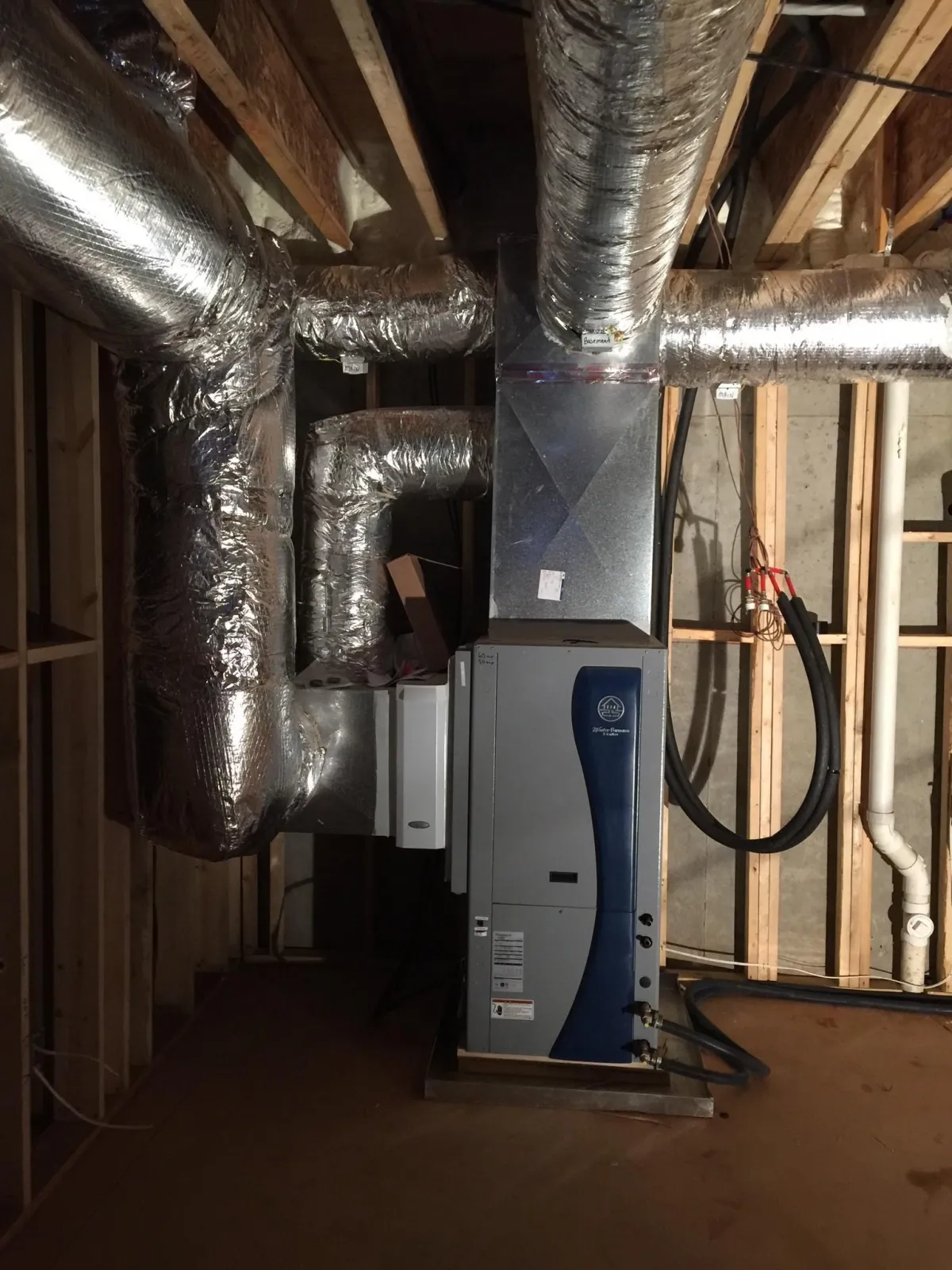
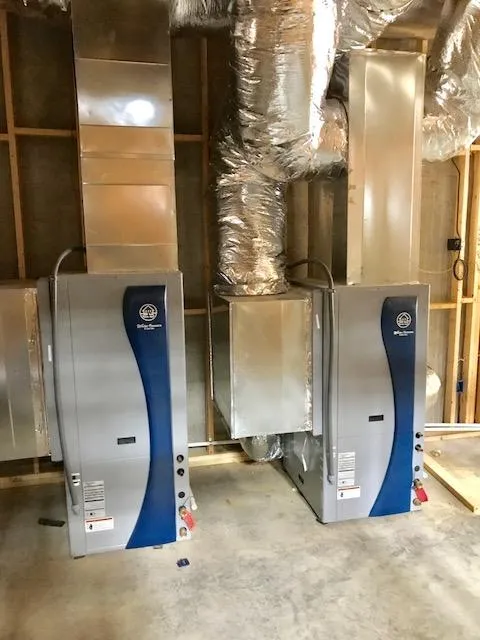
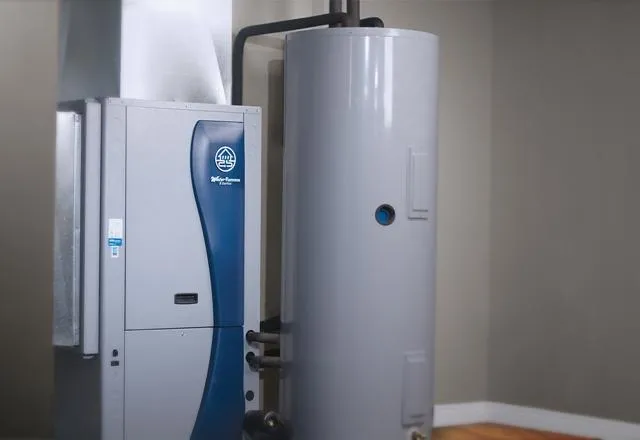
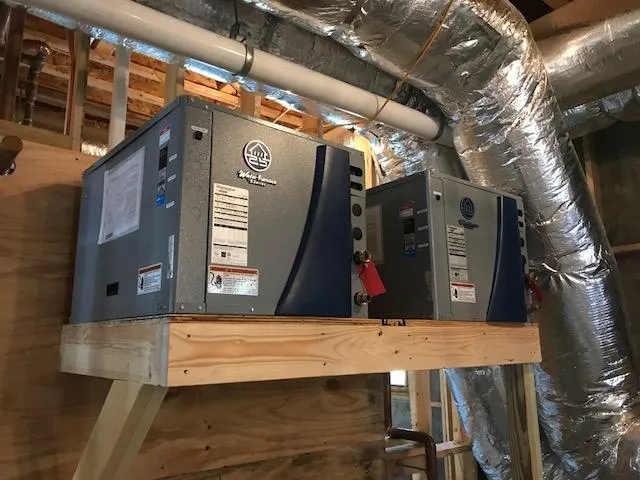
Professional Loop Installs and Repair
Whether you need a new loop installed, or an existing loop repaired, Southern Geothermal is here to help!
We work directly with homeowners or with other HVAC Contractors. We are willing to tackle the loop and let you focus on the equipment install.
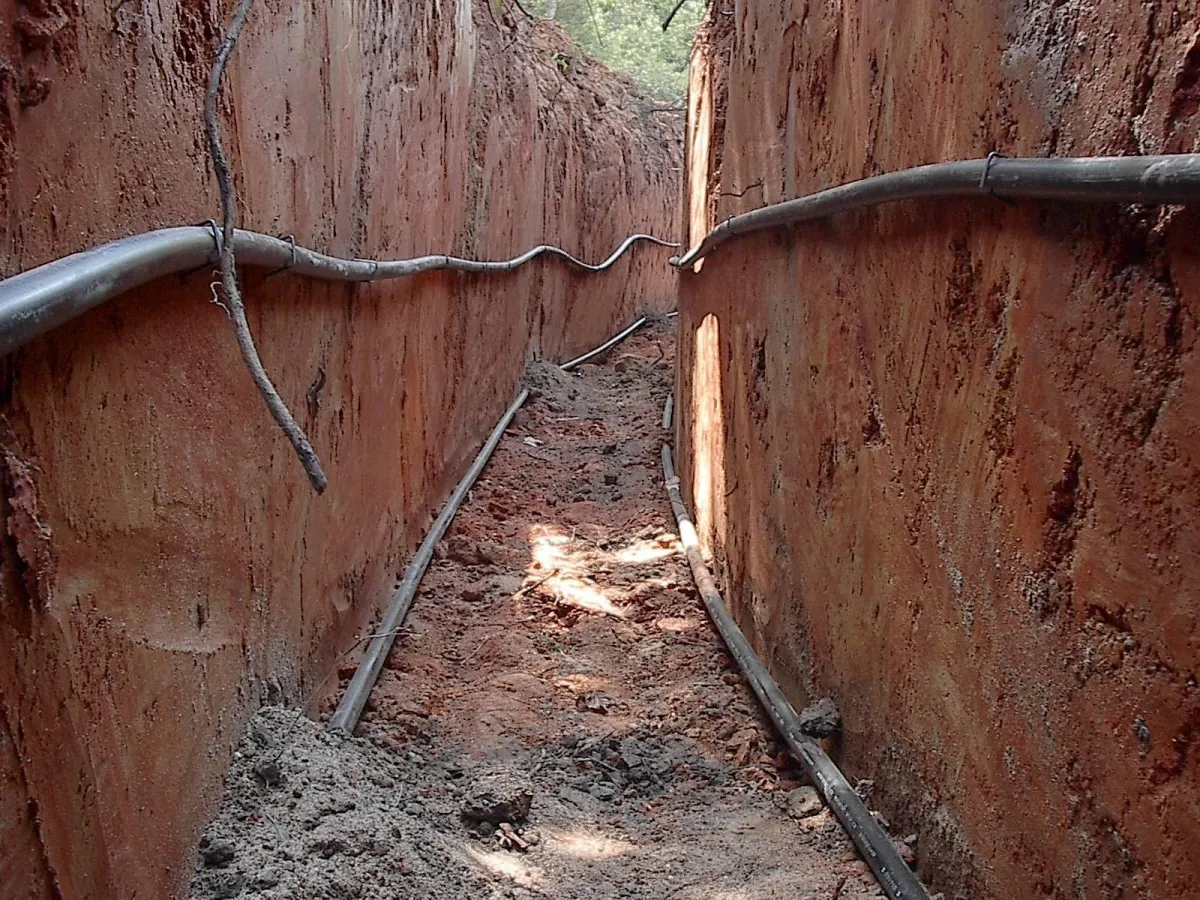
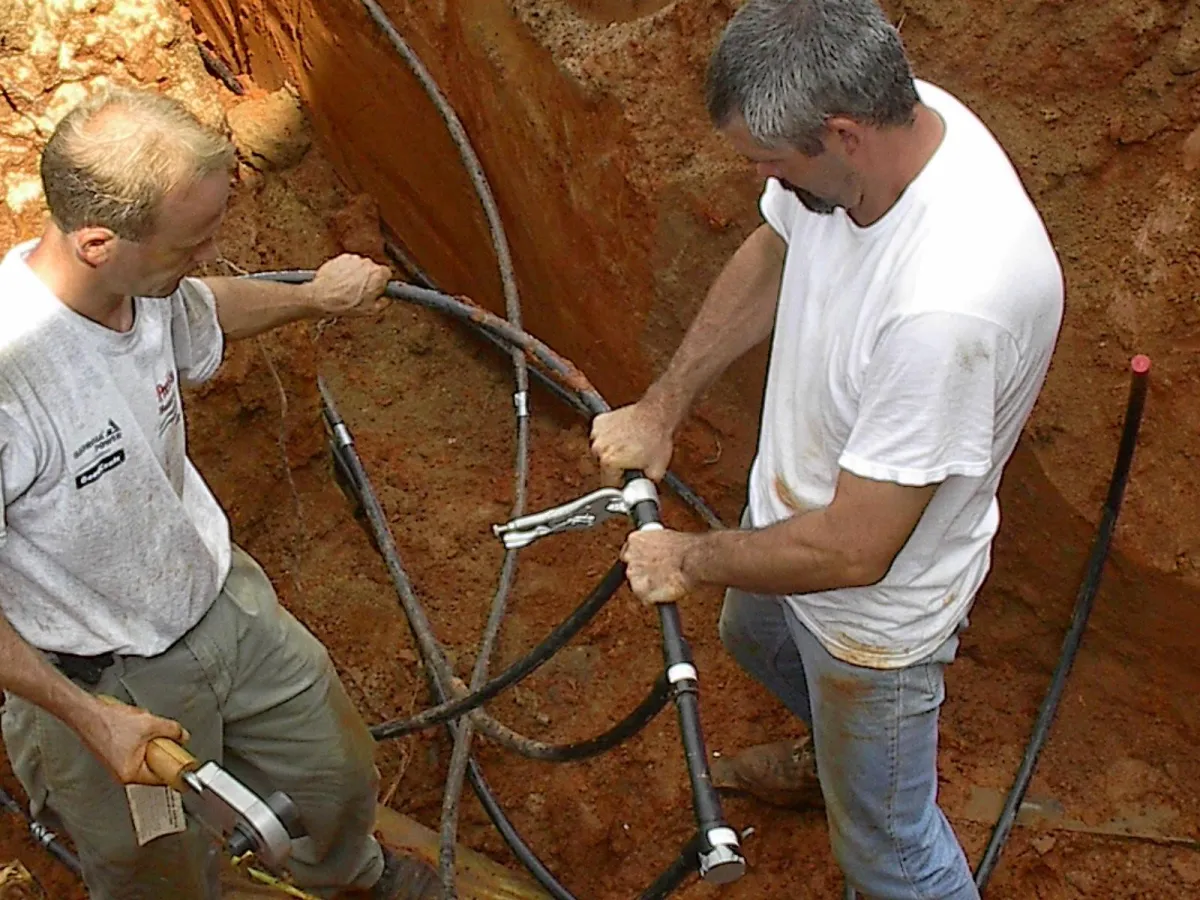
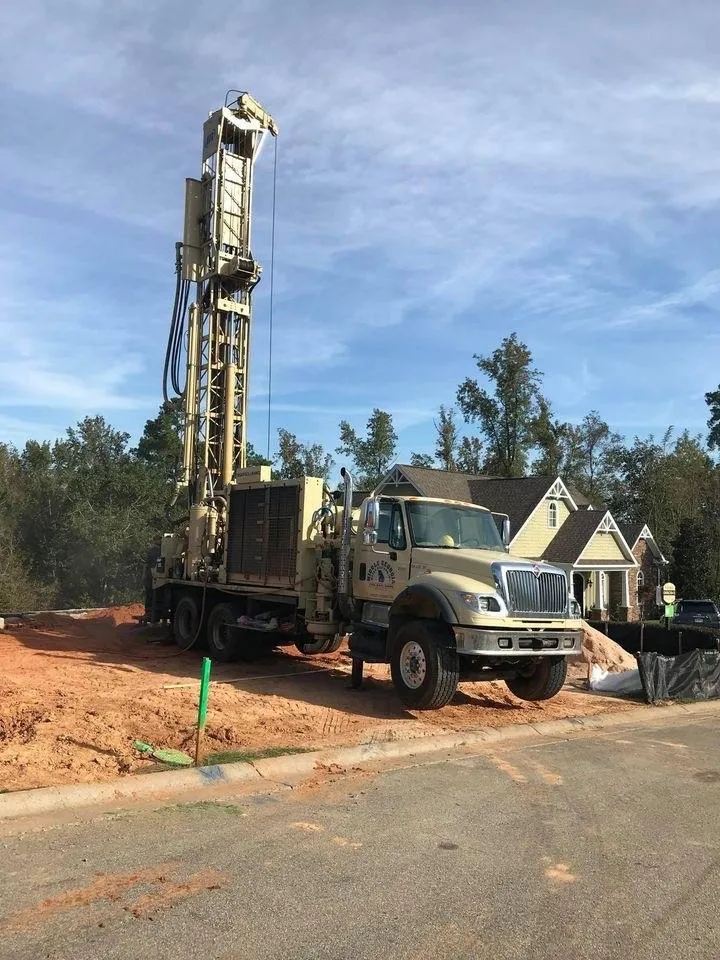

Tax Incentives
30% Tax Credit on Residential Installs
30% Tax Credit on Most Commercial Installs
Tax Incentives
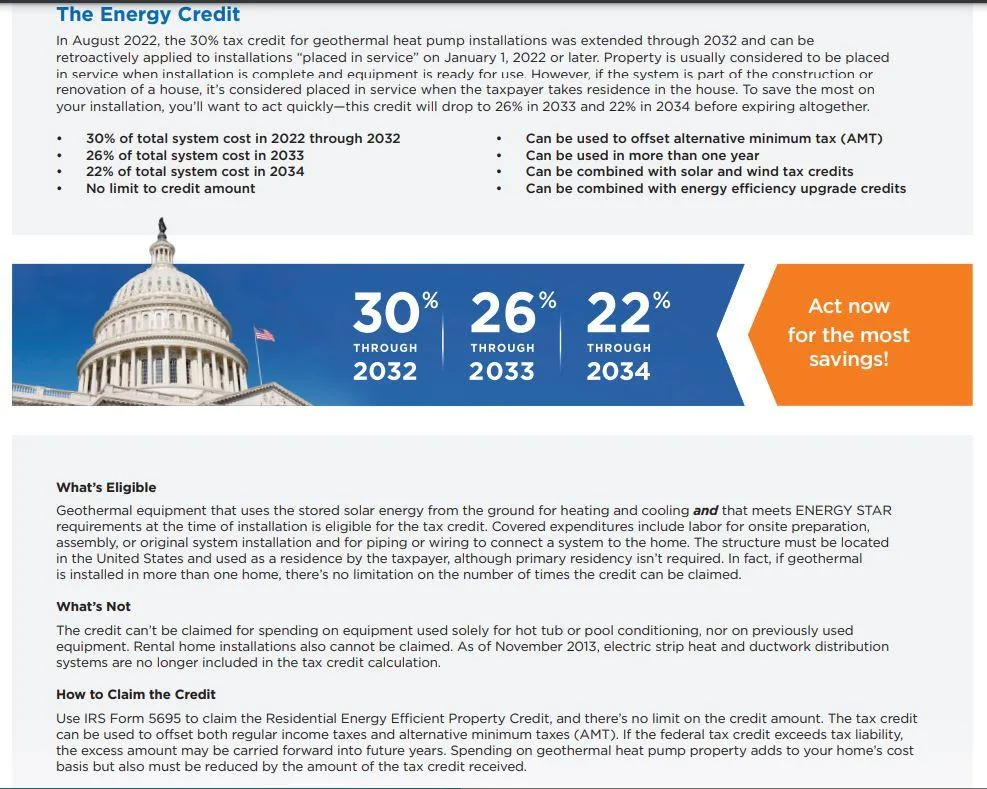
Interested in Geothermal? Give us Some More Info
About Your Property
(Only takes 15 seconds!)

